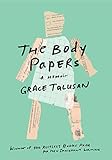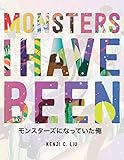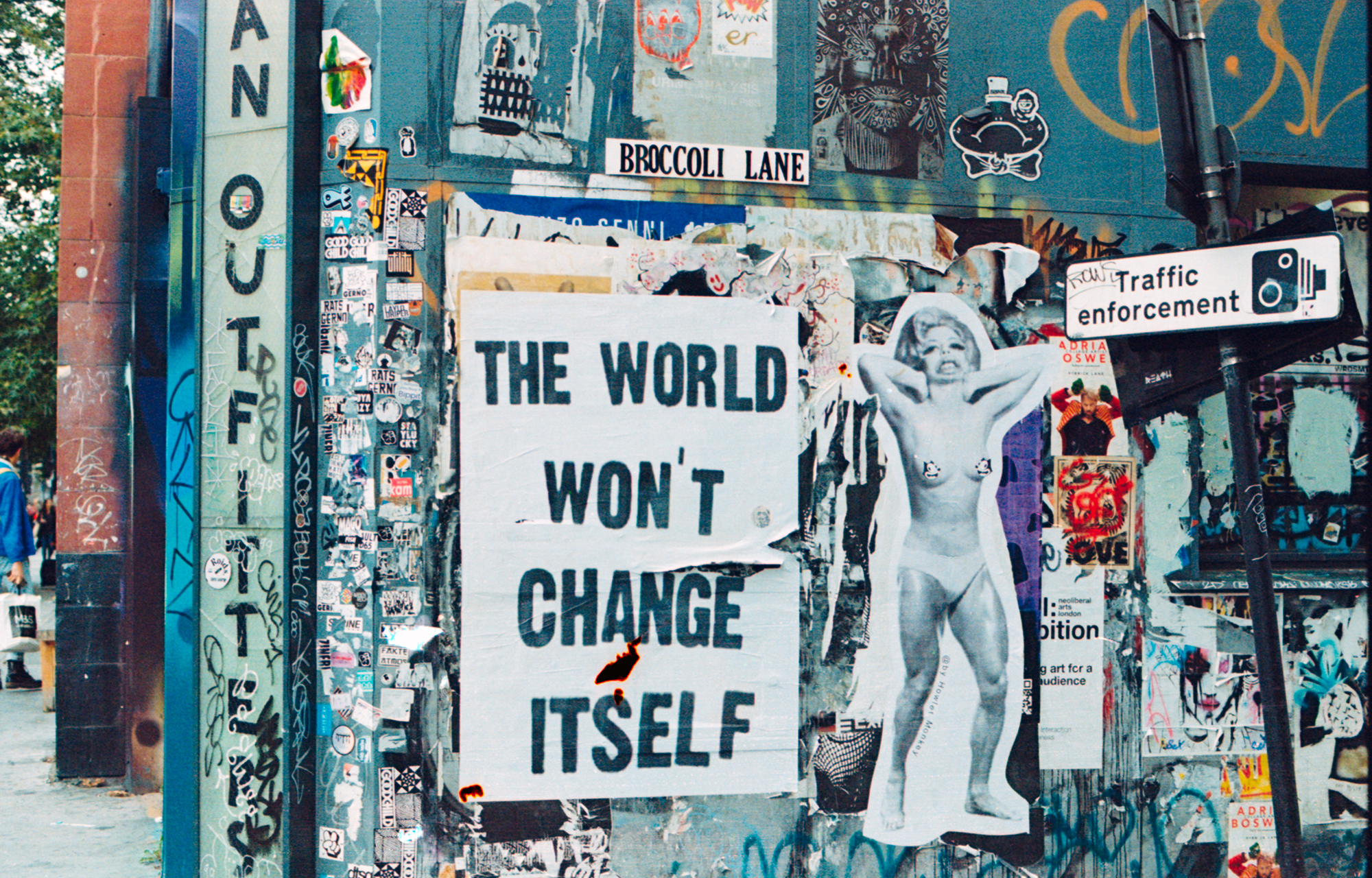In a recent lecture on innovative writing, Myung Mi Kim argued that any artistic experiment is inherently violent, as the artist is dismantling an inherited tradition in order to make way for the new. For many writers, innovation does indeed contain destruction in its very definition. After all, the experimental text cannot exist in the same space as the conventions that restrict its meaning, stifle its performativity, and deny its legitimacy.
 Three recent books remind us that an experiment, though it challenges elements of a familiar literary heritage, does not have to sacrifice unity of voice and vision. Karla Kelsey’s forthcoming Blood Feather, Kenji Liu’s Monsters I Have Been, and Grace Talusan’s The Body Papers skillfully dismantle received forms to offer alternative ways of creating meaning and coherence from human experience. Though vastly different in style and scope, these three innovative texts share a commitment to a unity of concept, presenting us with larger questions about the politics of language that ultimately guide and focus the generative violence of the experiment. In their hands, innovation becomes an exercise in precision, as well as a legitimate danger. As Liu writes, “The under
state / swarms our / documents. Our / lungs.”
Three recent books remind us that an experiment, though it challenges elements of a familiar literary heritage, does not have to sacrifice unity of voice and vision. Karla Kelsey’s forthcoming Blood Feather, Kenji Liu’s Monsters I Have Been, and Grace Talusan’s The Body Papers skillfully dismantle received forms to offer alternative ways of creating meaning and coherence from human experience. Though vastly different in style and scope, these three innovative texts share a commitment to a unity of concept, presenting us with larger questions about the politics of language that ultimately guide and focus the generative violence of the experiment. In their hands, innovation becomes an exercise in precision, as well as a legitimate danger. As Liu writes, “The under
state / swarms our / documents. Our / lungs.”
 Monsters I Have Been opens with an articulation of the artistic goals and the parameters of an invented poetic form called “frankenpo.” Liu writes in the form’s definition: “to create a new poetic text by collecting, disaggregating, randomizing, rearranging, recombining, erasing, and reanimating one or more chosen bodies of text, for the purpose of divining or revealing new meanings often at odds with the original texts.” As the book unfolds, the constraints and freedoms of “frankenpo” serve to unify the book’s wild flights of the imagination, as Monsters I Have Been reads as an extended exploration of the possibilities inherent in this specific literary form.
Monsters I Have Been opens with an articulation of the artistic goals and the parameters of an invented poetic form called “frankenpo.” Liu writes in the form’s definition: “to create a new poetic text by collecting, disaggregating, randomizing, rearranging, recombining, erasing, and reanimating one or more chosen bodies of text, for the purpose of divining or revealing new meanings often at odds with the original texts.” As the book unfolds, the constraints and freedoms of “frankenpo” serve to unify the book’s wild flights of the imagination, as Monsters I Have Been reads as an extended exploration of the possibilities inherent in this specific literary form.
In many ways, it is the intense focus of Liu’s experiment that brings his discoveries into sharp relief. Culling text from a variety of sources, which range from screenplays to New York Times articles, feminist theory, and U.S. presidential executive orders, Liu shows us beauty and danger contained within the same turns of phrase, which can house both violence and redemption, light and unspeakable darkness. The poems in Monsters I Have Been call attention to the remarkable disconnect between language and the real world toward which it constantly gestures. At the same time, Liu frames this disconnect, the inherent arbitrariness of the signifier, as a source of agency for the creative practitioner.
Liu writes, for example, in “Thus I Have Heard,” “We are visas / in a national / drowning. / Each of us an executive / decision, pursuant to clay. / Each a subsection of protocol / and yet.” Here Liu reconfigures language from unspecified source texts, reminding us that intent not only shapes outcome with respect to the words we use, but also that intent can bring to light the beauty that resides just beneath the surface of a seemingly unremarkable text. For Liu, the same language can carry revelation and violence, enlightenment and oppression.
What’s more, he shows us the myriad ways that language is illuminated by conversation, dialogue, and juxtaposition. In many ways, the personae contained within Monsters I Have Been are strengthened and refined by conversation, as proximity brings a single voice into clearer focus. He writes, for instance, in “As the light diminishes again,” “To fit the average, we come / as animals, with a pocket map / of the sky and nothing under. // How the ragged hairpiece gapes / open and declares teeth.” This poem utilizes found text from Judith Butler’s theoretical writings as well as the Heart Sutra. Approached with that in mind, the poem becomes a space for dialogue in which one texture of language complicates, and calls into question, the other. As Liu himself asks, “What masks / What power”?
Much like Liu’s book, Talusan’s recent memoir, The Body Papers, reveals (and renegotiates) the politics inherent in language. Yet Talusan takes this kind of experimentation in a new direction, pairing text with found images as she investigates the authority, reverence, and doubt that we invest in various types of cultural documents. The artifacts that inhabit The Body Papers range from canceled passports to immigration forms to family photographs. As the book unfolds, these politically charged and authoritative documents are positioned in service of personal narrative, a gesture that proves as innovative as it is subversive. The hierarchies that we impose upon types of language are provocatively reversed. Talusan summons the authority of official documents, journalistic photographs, and the various traces of governmental power to further a personal narrative of risk, family ties, and discovery.
Talusan’s daring reversal of these power structures comes through most visibly in her depiction of the journey of her emigration to the United States from Manila with her parents and siblings. Describing the obstacles her parents encountered as they applied for citizenship, she writes, “I was terrified. I had never thought about how meaningful U.S. citizenship was until I was told I didn’t have it. With a shuffle of papers, life as I knew it could be lost. I am still astounded by how meaningful these papers are, how they are pasted onto our bodies and determine where and how we can move through the world.” This powerful narrative, in which the narrator realizes the precarity of what she had remembered as a joyful childhood, is spliced with images of a canceled Philippine passport and a character reference in support of an application for United States citizenship.
In many ways, the images included in The Body Papers complicate and enrich the narrative proper. By pairing this section with these specific documents, for example, Talusan evokes the stateless and liminal status of her younger self. Yet at the same time, she provocatively claims the authority and power of these documents for own narrative, a reversal of the ways in which we often shape and reshape personal narrative in the service of government procedure.
This investment in revealing and challenging the authority placed in government documents unifies a gorgeously capacious narrative. Talusan writes, for example: “Without physical proof, I started to question whether I had even written [the letters]—a psychological pattern that I think is intertwined with the immigrant experience.” As this powerful memoir unfolds, however, Talusan challenges the artificial divide culture has created between objective and subjective types of language, laying claim to both in prose as deeply felt as it is precise and sharply focused.
Kelsey’s Blood Feather, like the work of Liu and Talsuan, utilizes experimental language in service of social justice. This book-length poem, inspired by a rich store of archival material associated with women’s history, manifests as three dramatic monologues spoken by different personae. The whole of the archive is subsumed into the voices of these richly imagined narrators, with Kelsey drawing from texts that include Aristotle, Pina Bausch, Julian Beck, Richard Brody, Cheiro, and many other writers, philosophers, cinematographers, and thinkers. By challenging the fiction of the single speaker in such a way, Kelsey gestures at voice as a social construct, calling into question the myriad ways culture presupposes that ownership over language is even possible.
It is the unity of voice, remarkable given the scope and range of archival material represented in this volume, that renders Kesley’s text as sharply focused as Talusan’s narrative memoir and Liu’s extended exploration of a single form. As the book unfolds, this unity of voice and vision is revealed as integral to the poem’s deeply philosophical meaning. For Kelsey, the self, the single spoken voice, contains multitudes. She shows us, through her sharply focused experimentation, that the boundary between individual and community is porous and indistinct. She writes, for example, in Blood Feather:
the aesthetic problem of
form exists essentially and simultaneously as
a moral problem writes Deren in
An Anagram of Ideas on Art
and so how to perform an
ethical relation to the footage ofa flood mobile homes uprooted a
man in a canoe paddling after
his lowing cow the film then
cutting to the tremor of a
hand-held camera actress gagged and bound
to the bed how to punctuate
Here the speaker reflects on the ethical problems inherent in representation. If the boundary between self and other remains blurry, Kelsey asks us to consider where cultural appropriation begins when attempting to depict one’s own perceptions. In many ways, the philosophical quality of Kelsey’s poetry is in itself subversive, as she uses the artistic repertoire of poetry to claim agency over a predominantly masculine philosophical tradition. In doing so, she reminds us that despite the rigid binary distinctions that circulate within culture, alterity inevitably resides within the subject, who is a world unto herself.
If innovation is in itself a destructive gesture, can that generative violence be placed in service of activism and advocacy through language? Kelsey, Talusan, and Liu show us that the precision of the experiment constitutes its power. In each of these three collections, this dismantling of convention is placed in service of a specific philosophical question, the work an inquiry into what is possible when specific rules associated with language are renegotiated. Here, language is wielded as veiled threat, as provocative reversal, as gloriously shattered syntactic convention. Yet it is this space between words that allows us to see the light.
Image credit: Annie Spratt









